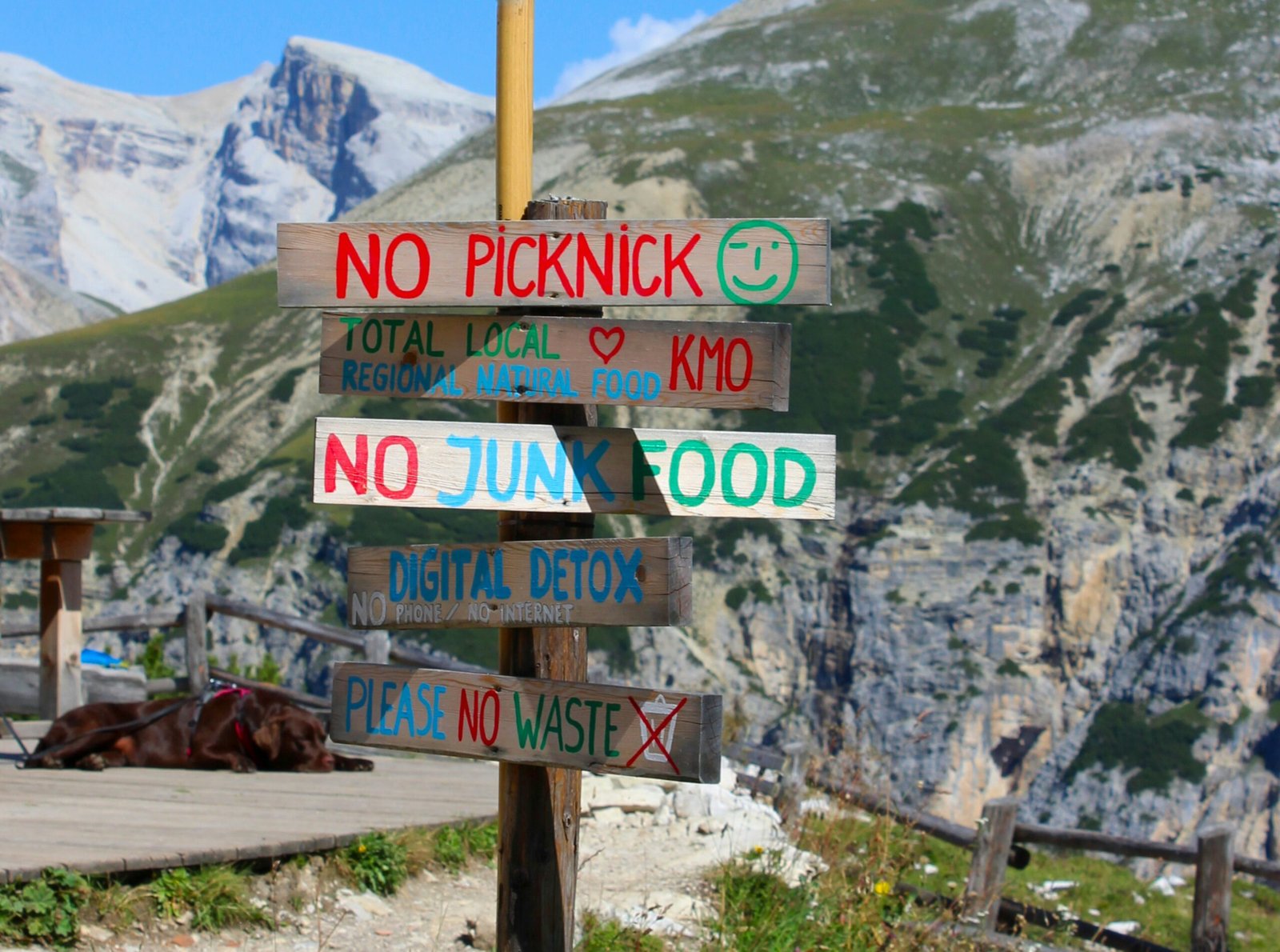Why a Digital Detox?
Before diving into the steps, let’s quickly touch on why a digital detox is so important:
- Reduce Stress and Anxiety: Constantly being plugged into our devices can increase stress levels, leaving us feeling like we’re always on call. A detox helps clear your mind and recharge your mental batteries.
- Improve Focus and Productivity: When you’re not constantly switching between apps and notifications, you’ll have more energy and focus to dedicate to what matters most.
- Strengthen Relationships: Unplugging allows for more face-to-face interactions and quality time with family and friends, which can deepen your connections.
- Revisit Your Priorities: A break from digital distractions gives you the space to reassess what you truly value and make more intentional decisions.
Step-by-Step Guide to a Successful Digital Detox
Step 1: Set Clear Intentions
Before you begin your digital detox, it’s important to clarify your intentions. Why are you doing this? Do you want to spend more time with family? Be more focused on work? Or simply relax and recharge? Setting a clear intention will help keep you motivated throughout the process.
- Action Step: Write down your goal for the detox. For example, “I want to spend more time reading and less time scrolling through social media.”
Step 2: Identify Your Digital Habits
Take a moment to reflect on how you currently use technology. Are there apps that consume too much of your time? Do you check your phone first thing in the morning or right before bed? Identify areas where your digital habits are impacting your well-being.
- Action Step: Track your screen time for a few days using tools like Apple Screen Time or Android’s Digital Wellbeing. Make a note of which activities are taking up the most time.
Step 3: Set Boundaries Around Technology
Now that you’ve identified the problem areas, it’s time to set some boundaries. A digital detox doesn’t mean you have to cut out technology entirely. Instead, it’s about setting limits on when and how you use it.
- Action Step: Set a “no-screen” rule for certain times of day (e.g., during meals or an hour before bed). You can also designate specific days or weekends where you refrain from using social media or checking emails.
Step 4: Replace Digital Time with Meaningful Activities
Instead of just unplugging, fill the void with activities that nourish your mind, body, and spirit. Whether it’s spending time in nature, reading a book, doing a hobby, or having face-to-face conversations with loved ones, you’ll want to replace the digital noise with something enriching.
- Action Step: Create a list of “offline” activities you enjoy or would like to try. For example: yoga, painting, journaling, or taking a walk.
Step 5: Unfollow, Unsubscribe, and Declutter Your Digital Life
When you reduce the time spent on devices, it’s the perfect opportunity to declutter your digital space. Unfollow social media accounts that don’t add value to your life, unsubscribe from email lists that overwhelm you, and delete apps that you don’t use. This process helps streamline your digital life and reduces unnecessary distractions.
- Action Step: Dedicate 15 minutes to decluttering your digital spaces—unfollow accounts, delete unused apps, and unsubscribe from emails that no longer serve you.
Step 6: Use Tools to Support Your Detox
There are plenty of apps and tools that can help you stay accountable during your digital detox. For example, apps like Forest help you stay focused by planting a virtual tree that grows when you stay off your phone, while Freedom blocks distracting websites and apps.
- Action Step: Download a productivity or screen-time app that helps you stay on track during your detox.
Step 7: Reflect and Reassess
After your detox, take some time to reflect on how it went. Did you feel more present? Were you able to focus on your goals more effectively? Reassess your relationship with technology and determine if any boundaries need to be made permanent.
- Action Step: Journal about your experience. How did the detox make you feel? What did you learn about your digital habits?
Bonus Tips for Maintaining Your Digital Detox
- Schedule Tech-Free Time Regularly: Make a regular habit of unplugging during certain times of the day or week. This could be during meals, weekends, or designated tech-free hours.
- Practice Mindful Technology Use: When you do engage with technology, do so intentionally. Limit mindless scrolling or multitasking, and use tech for specific, meaningful purposes.
- Set Realistic Expectations: A digital detox doesn’t have to be all-or-nothing. Start small and gradually increase your unplugged time.
Conclusion: Reclaim Your Focus, Reconnect with Yourself
A digital detox is a powerful way to reclaim your time, focus, and presence. It’s not just about cutting out technology but about using it more mindfully and with purpose. By following these steps and integrating digital boundaries into your life, you can reduce distractions, enhance your well-being, and live more intentionally.
Ready to start your digital detox? Take the first step today by setting your intention and unplugging from the digital noise. You might just discover how much more fulfilling life can be when you’re fully present.
Call to Action:
Have you tried a digital detox before? Share your tips or challenges in the comments below and let’s inspire each other to take back our time!





